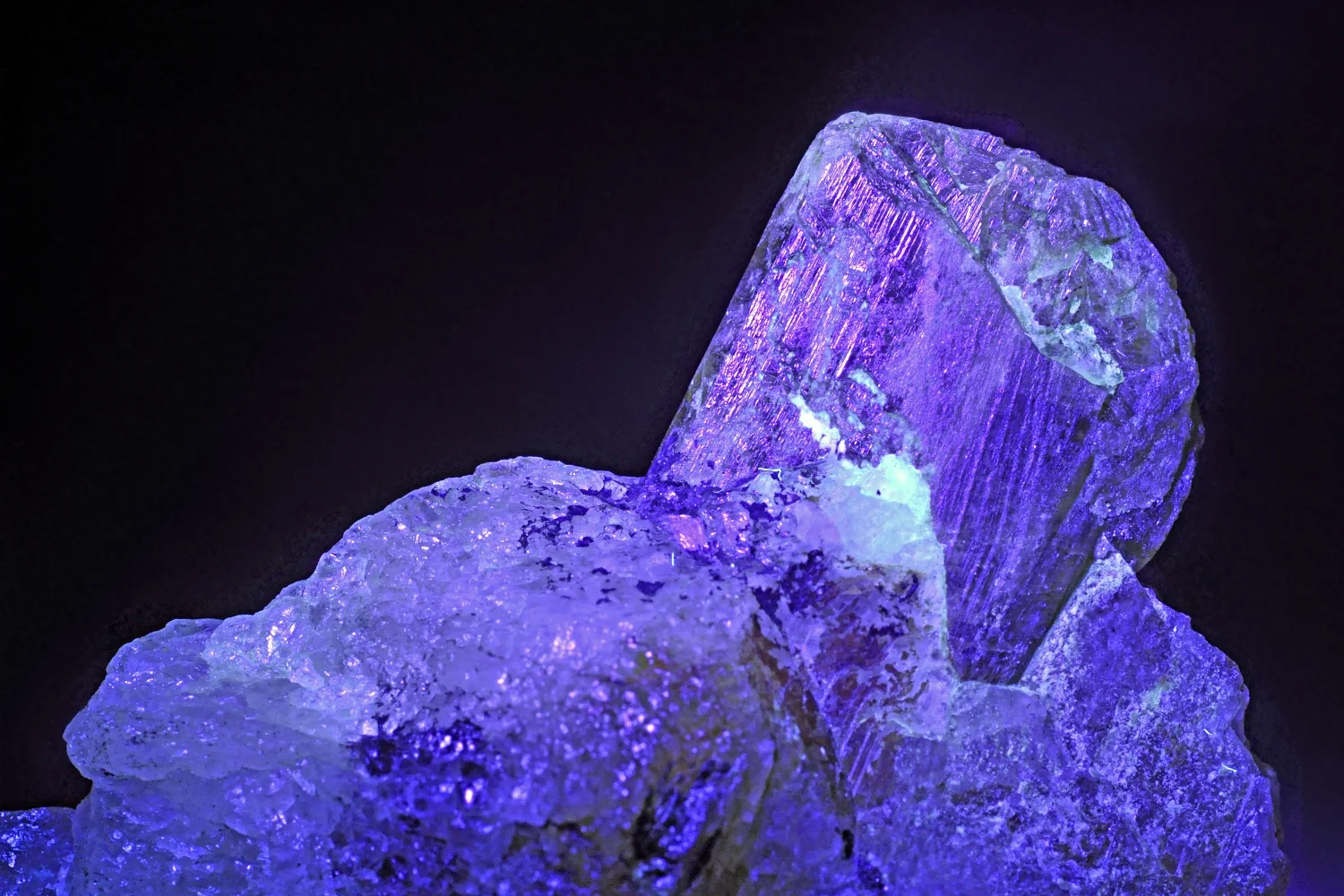Of all the gorgeous gemstones to be found on our amazing planet, alexandrite is perhaps the most enchanting of all. Chrysoberyl is the technical name for this yellowish gemstone that comes with a tinge of green, and fine examples are used to cut stones for jewelry. The unique thing about alexandrite is that its color changes when viewed from a different angle, which is largely due to twinned crystals that have a hexagonal appearance, and what’s more, this color-changing occurs in both natural and artificial light.
Emerald By Day – Ruby By Night
This is the term that jewelers use when referring to alexandrite, and it actually does take on a greenish tint during the daylight hours, which magically turns a reddish color as the natural light recedes. If you would like to view some amazing alexandrite gemstones from a respected London jeweler, an online search will reveal their whereabouts.
Royal History & Tradition
Alexandrite was named after Tsar Alexandria II of Russia, who was in power when the color-changing gem was first discovered, and as reds and greens were the colors of that time, it seemed fitting to name the stone after their leader at the time. Initially, the only alexandrite mine was in Russia, and after a while, the stone was discovered in parts of Brazil and Sri Lanka, and today there are mines in Tanzania and Mozambique.
Member of a Unique Family
Alexandrite is a member of the chrysoberyl family, and the chemical structure is incredibly simple, which amplifies yellows, reds, and greens, while a tint of chromium intensifies the absorption of yellow light. The chromium allows reflection of both green and red light, thus causing the color change that is such an attractive feature, and with jewelry that can move from red to green, you have the perfect fashion accessory.
It’s All in the Clarity
Inclusions usually mean a lower price, and indeed too many inclusions can ruin the light spectacle that is the very attraction, so when you are browsing to buy, make sure you look at the clarity of the stone. Clarity has less of an effect than color, but lack of clarity can seriously change the way light is reflected, and if you buy from a reputable online dealer who specializes in alexandrite, you can trust the quality.
Cut & Carat
Alexandrite poses a challenge to the gemstone cutter and is usually mixed cut, with brilliant-cut crown and step pavilion designs, both of which really bring out the color. The cat’s eye cabochon is another favorite cut for alexandrite, giving a unique reflection due to the cat’s eye design. There are very limited supplies of alexandrite in the world, with the largest ever discovered weighing in at 65 carats, while the average piece of jewelry would not contain a stone larger than 1 carat.
Color Saturation
This is what largely determines a stone’s value, especially with alexandrite, while the extent of the color change is another defining property. Some stones exhibit amazing color changes in the right lighting, and it is this property that generates the wide appeal that alexandrite enjoys.
If you are seriously considering purchasing alexandrite jewelry, make sure you deal with a reputable online jeweler, and one that is respected within the industry, then you can rest assured that the stone is of high quality.
Liz








